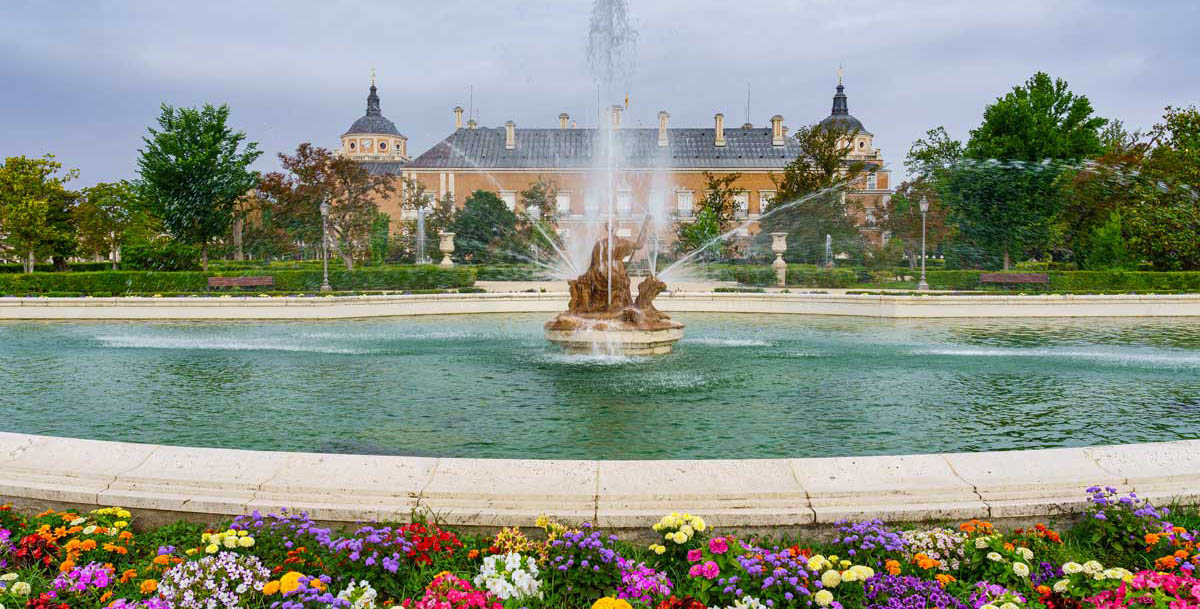
Aranjuez It is a great tourist destination if you are thinking of visiting Spain. Very near Madrid, just 47 kilometers, you can get closer to know its architectural and cultural treasures. It rests on a valley, at the confluence of the Jarama and Tajo rivers, surrounded by beautiful hills and plateaus.
Aranjuez is very green, it has been populated for thousands of years, although only in the Middle Ages and with the Reconquest did it become more important, and it ended up being a place of relaxation and rest for the monarchy. Let's see what to see in Aranjuez.
What to see in Aranjuez
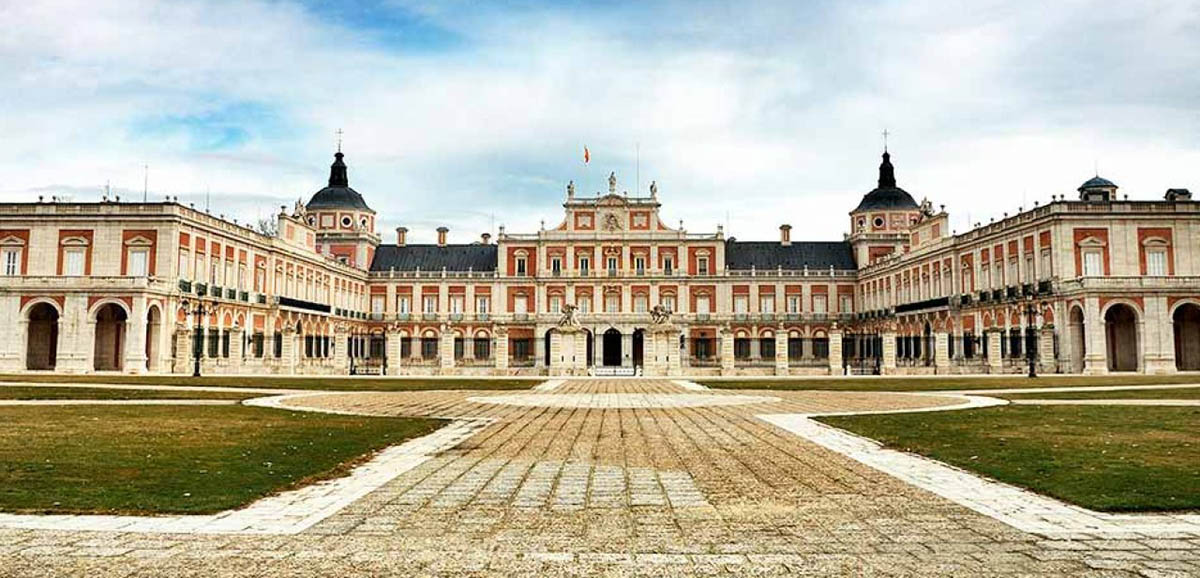
We can't help but start with the Royal Palace which was built on the old house of the teachers of the Order of Santiago. This religious and military order emerged in the XNUMXth century in the kingdom of León, with the aim of protecting pilgrims on the Camino de Santiago and expelling Muslims from the entire peninsula. Later it was suppressed, restored and suppressed again, and today it survives as an honorary and religious noble organization.
Well, the Royal Palace It is Renaissance style., with bricks and limestone that make it bicolor, at this point something characteristic of the entire city. The project consisted of several stages and the first was under the reign of Felipe II, in the XNUMXth century. Later, under Felipe V, in the XNUMXth century, the following stages were carried out. The Royal Palace open from Tuesday to Sunday from 10 am to 6 pm between October and March and from 10 a.m. to 7 p.m. between April and September.
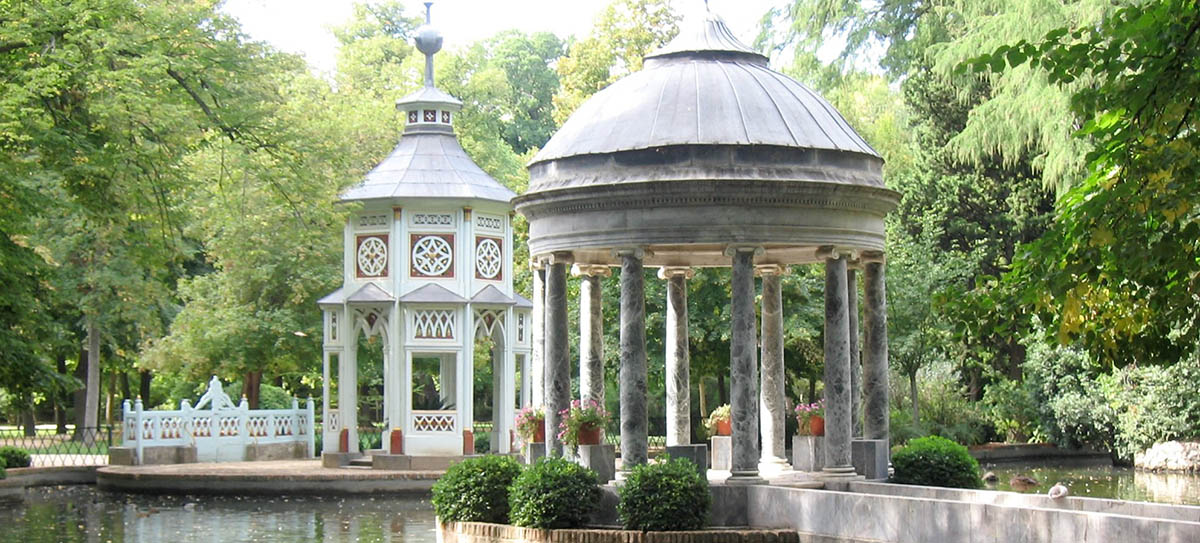
The Royal Site also has beautiful gardens of different styles. For example, there is the King's Garden, with many Roman-style sculptures, the Garden of the Island, with sources, the Parterre Garden French style and Prince Garden which is the largest of all and is landscape style, with its fountains, islands, a Chinese-style pond and a small pleasure palace, the Casa del Labrador. There is also the Elizabeth II Garden, in public use forever.
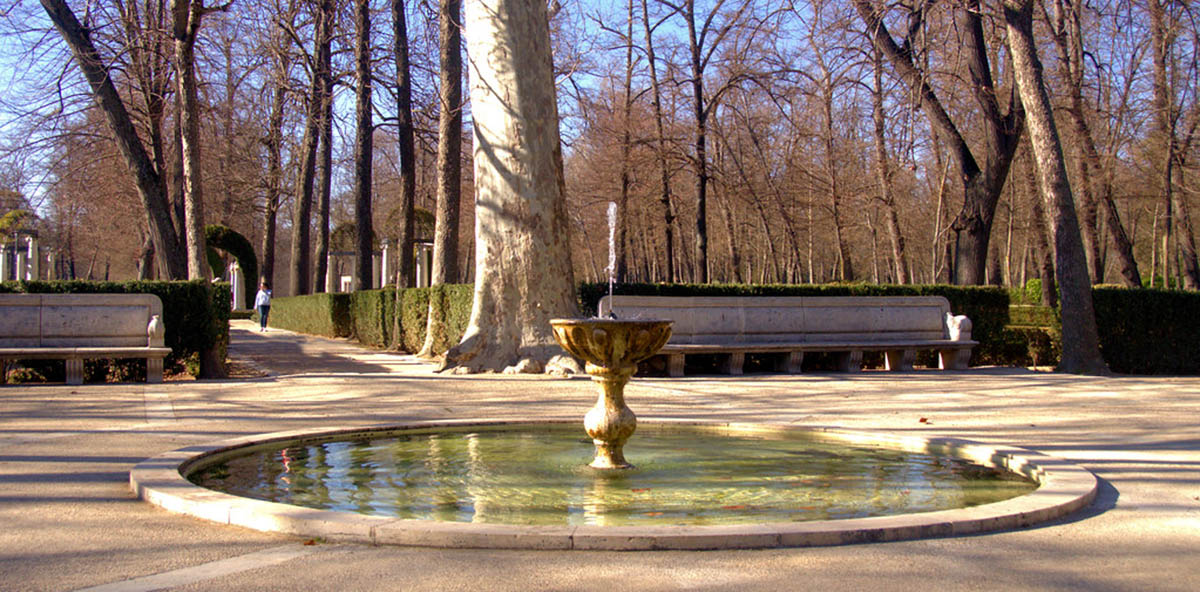
Aranjuez also has a large area of land with tree-lined walks, groves, orchards and meadows and you can still see the important ones hydraulic engineering works that were made at the time to get the water for the irrigation of all these places. We talk about ditches, canals and dams that, in addition to irrigation, at the time they also allowed water shows for the nobles, or to allow the navigability of the Tagus, filter the water and activate the mills...
The framework of walks was thought in advance, so they were also designed squares, roundabouts and streets. The first ordering was in the area of Pico Tajo and later along the river, although on the north bank there were not so many human hands involved and typical vegetation can still be seen today.
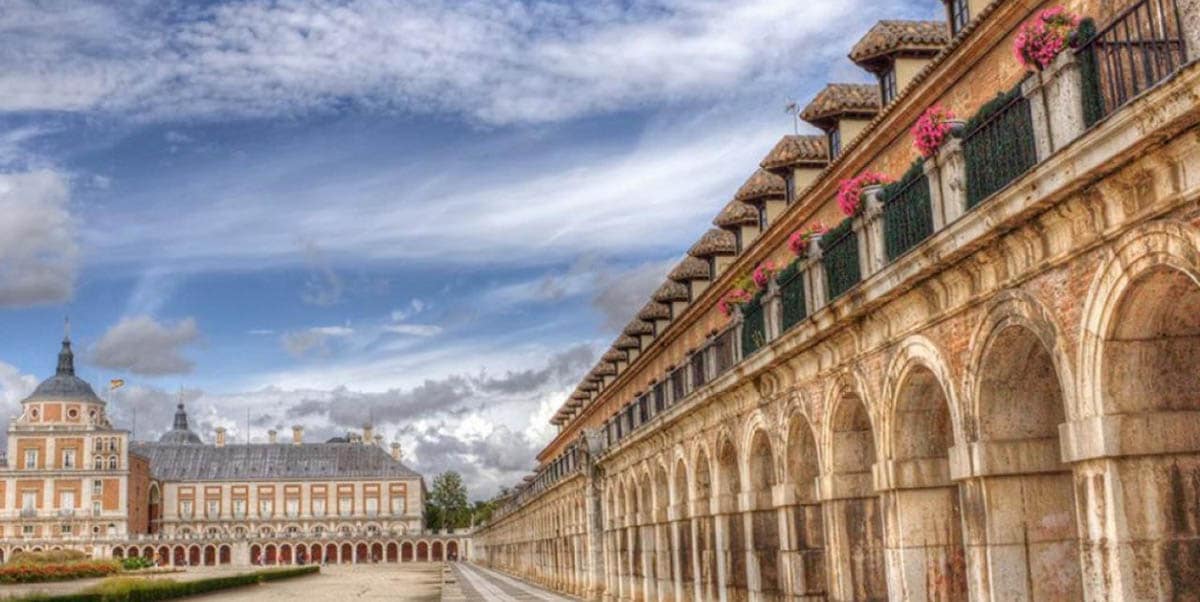
La Plaza de San Antonio it is a mid-eighteenth-century beauty and was built to connect the palace complex with the new villa. The surrounding buildings are a treasure: for example, the Church of San Antonio of the same period, the House of Knights and Trades of the XNUMXth and XNUMXth centuries, where men of the court resided, the Children's House or also the Garden of Isabel II that we named before. The Mariblanca Fountain it also sticks out at one end.
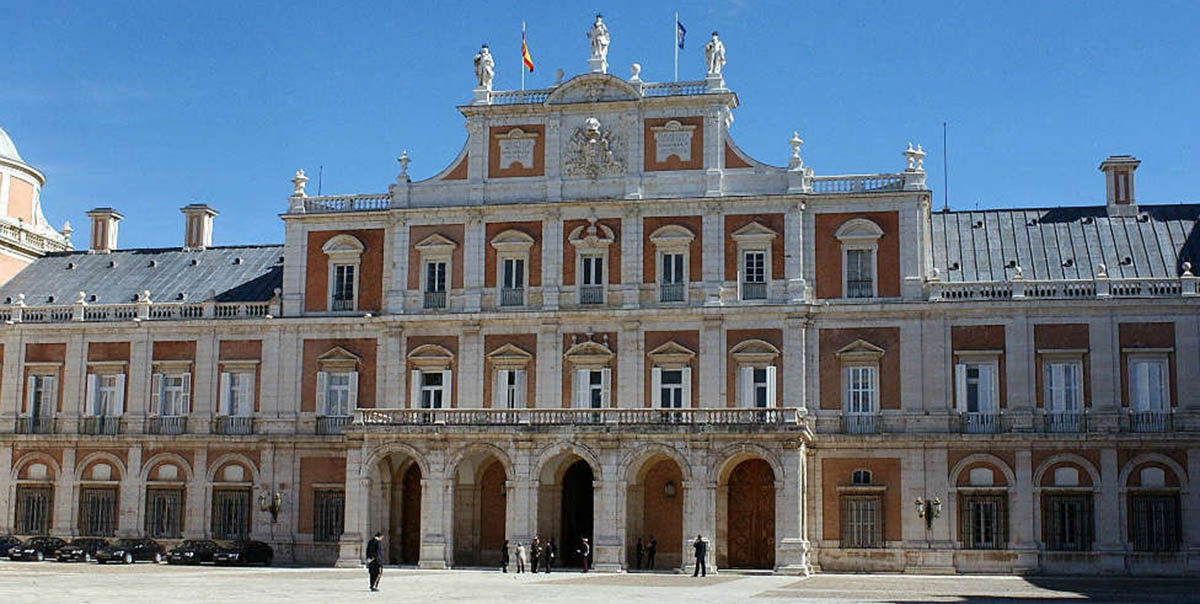
obviously too there are several buildings dedicated to the nobles. The crown ordered to build residences for his courtiers and employees, but there are also buildings built by professionals and merchants. As a royal rest destination, the kings were accompanied here by their court, so these people who were part of the entourage had to be accommodated. For example, there is the Godoy Palace, the Palace of the Dukes of Osuna, the Palace of Medinaceli, the House of the Duke of Acos or the Silvela Palace.
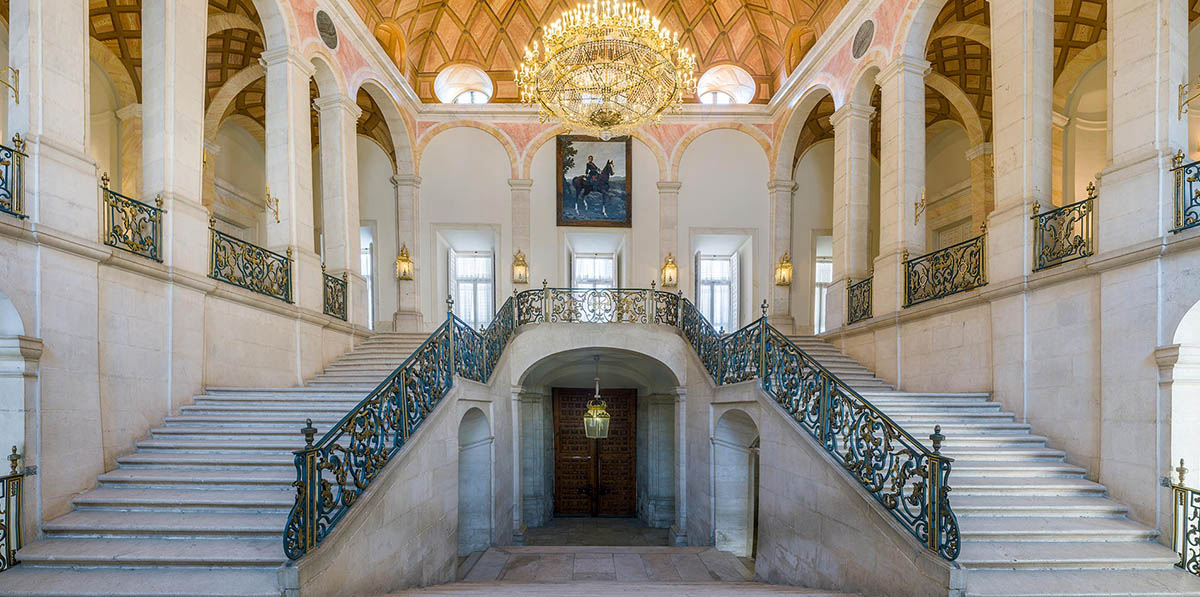
To the noble buildings are added the civil buildings among the latter we can name the Governor's House, the House of Diego Agudo de Cevallos, the Parador del Rey or the House of Staff. In addition, there are buildings for the use of the general population such as the San Carlos Hospital, the Plaza de Toros, the Mercado de Abastos, Train station built already in the XNUMXth century or the Carlos III Royal Theater.
To these noble and civil buildings are added the religious buildings such as the Church of Alpajés, that of San Antonio, the Convent of San Pascual. Finally, thinking about the provisioning of the population of Aranjuez, during the reign of Carlos III, the agricultural exploitation began: there are vineyards, olive trees, grains, fruit trees and all the necessary constructions for the use, maintenance and exploitation.
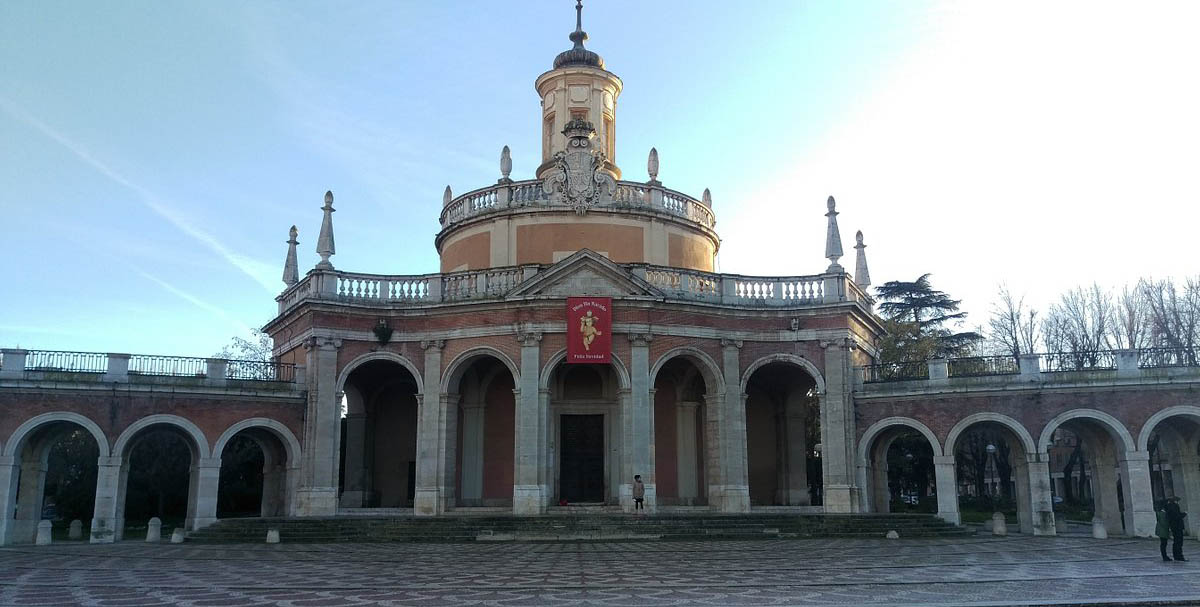
The elegant Queen Mother's Garage They were built in the 1985th century and are next to the Plaza de Abastos. It housed the stables, rooms and garages of Bárbara de Braganza, the wife of King Ferdinand VI. They burned down under the domination of Napoléon and were restored until in XNUMX they found their final destination: Isabel de Farnese Cultural Center with an archive, a music school and a library.
El Carlos III Royal Theater It is from the 1989th century, it was a theater and a cinema and it closed in 2014, to open again in XNUMX. You can come and see it. Does Aranjuez have museums? Sure, there's the Bullfighting Museum inside the bullring, and the Royal Barge Museum, inside the Jardín del Príncipe, next to the pier. here you will see real pleasure boats they are a treasure. Something like gondolas: beautiful, decorated, refined, with reliefs and paintings.
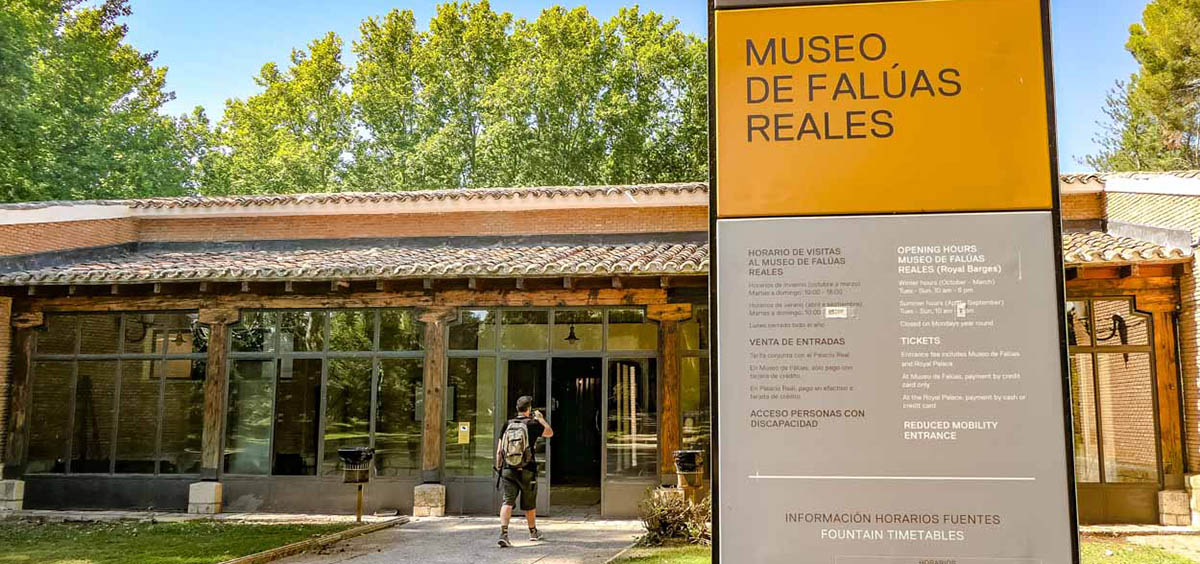
Here the oldest and most elegant boat is that of Carlos II, from the XNUMXth century, well golden and real. There is also the barge of Carlos IV, from the XNUMXth century, built in Cartagena and with the royal coat of arms on the stern. The museum open from Tuesday to Sunday from 10 am to 6 pm and the ticket is purchased at the ticket office of the Royal Palace for 9 euros. If you go on a Wednesday or Sunday from 3 pm you do not pay admission, the same on May 18 and 12.
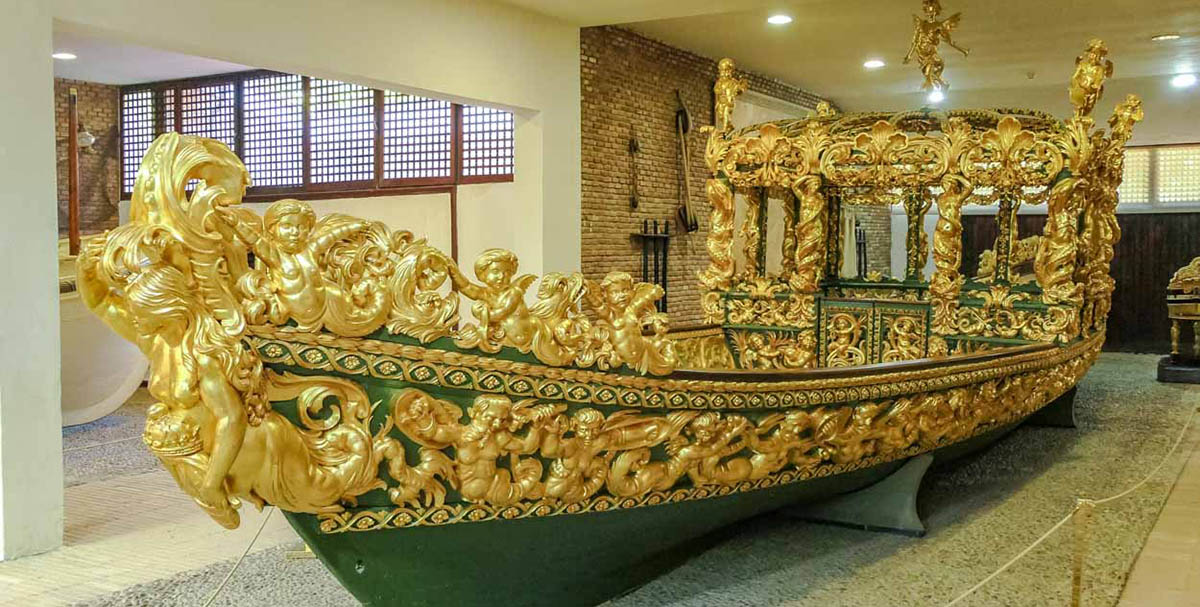
As we said at the beginning Aranjuez is very close to Madrid so you can go on your own. Obviously, you can also sign up for a tour which lasts two hours and another slightly longer option, lasting two and a half hours. And a third very good option is to take a boat trip on the Tagus.
Finally, Aranjuez also celebrates festivals that you can enjoy: in May the Craft Fair, the Aranjuez Folk Traditional Music Festival, the used and semi-new car fair, the Saint Isidrp Labrador's Day, the Day of San Fernando, the patron saint of the city and the Early Music Festival. Then there is the Book Fair, the Festivities of the Mutiny, Carnival, Holy Week...